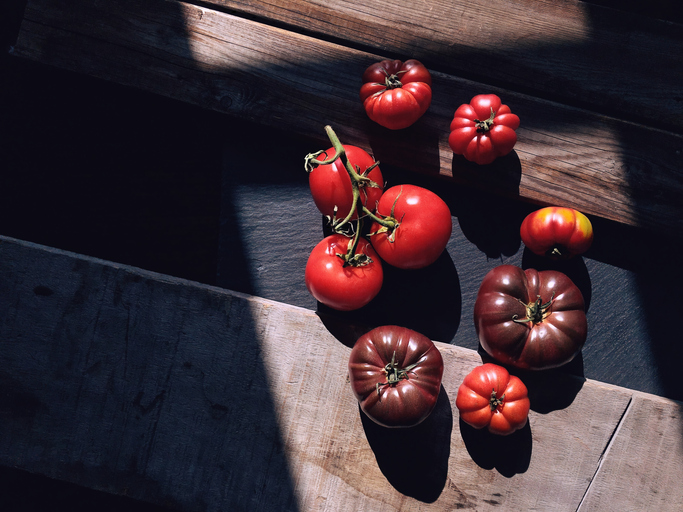If you love steaks and eggs, you can expect to pay more for steak and less for eggs this year, according to University of Georgia experts.
"Consumers are going to see a larger-than-average increase in red meat prices this year and a lower-than-average increase in eggs, poultry and dairy products," said John McKissick, an agricultural economist with the UGA College of Agricultural and Environmental Sciences.
Food prices increased only 2.1 percent in 1999 and are forecast to increase 2 to 2.5 percent in 2000. "This is the smallest increase in food prices since the early 1990s," McKissick said.
Less Cows and Pigs
Both beef and pork producers trimmed their herds back in
response
to low prices over the past few years. The reduction in supply
should cause price increases in beef and pork this year.
"These cut backs will result in an up-to-four percent decline in supply on the retail level," McKissick said. "Reduced supplies make prices go up and the latter half of the year 2000 should bring a 4 percent increase in retail beef prices."
The beef price increase is also a result of a "resurgence" of demand for beef, especially high-end steaks. "Hotel and motel restaurants and the export market are demanding higher quality choice cuts and the price of these cuts of beef may go up in price even more," he said. "As a result, farmers will see increased prices this year."
This should also be a better year for pork producers. "Pork producers have lost billions of dollars over the past two years, but they may see a slight profit this year," McKissick said.
Low grain prices should help pork producers. Despite reduced production, retail pork prices may rise only two- to three-percent this year. "We had to move a record amount of pork these past two years, but retail price haven't dropped because the consumer demand was there," he said. "There's also a strong demand for products like bacon which has practically become a sandwich condiment."
Eggs, Milk and Chicken Still Best Buys
Consumers can expect to see no price increases or lower prices on eggs, milk and poultry due to large increases in production.
Eggs production increased by three to four percent this year. "The retail price of eggs has decreased about three percent each year and consumers should see a price decrease again this year," he said. "Egg prices should decline one to two percent."
Poultry producers are also benefitting from low grain prices and production should be up by at least six percent. Consumers should see no change in prices in the supermarket.
"Broiler prices are likely to decline some as the Russian market has dried up," McKissick said. "About 17 percent of the poultry produced in the U.S. is exported; primarily dark-meat chicken."
Milk prices will also remain unchanged this year. "Milk prices have been strong and production has been on the increase," McKissick said. "Retail milk prices will likely remain constant or show a low increase."
Veggies Will Cost You
If you're trying to add more fresh vegetables to your diet, get ready to pay more for them this year.
"Vegetable prices were down last year because the acreage in the U.S. increased by five percent," McKissick said. "Expect to see a more than average increase in vegetable an fruit prices."
Despite the fact that low grain prices are lowering farmer's costs, consumers shouldn't expect to see a decrease in the price of grain products.
"Processed products like cereal and oils will show an average price increase despite the large supplies in these commodities," he said.
"Overall, food remains a good buy for consumers with the typical consumer spending less than 11 percent of their income on food," McKissick said. "At-home food prices should increase 2 to 2.5 percent this year and consumers should pay about 2.5 to 3 percent more on the price of restaurant and fast-food meals."
(Photo by Sharon Omahen, University of Georgia College of Agricultural and Environmental Sciences.)






